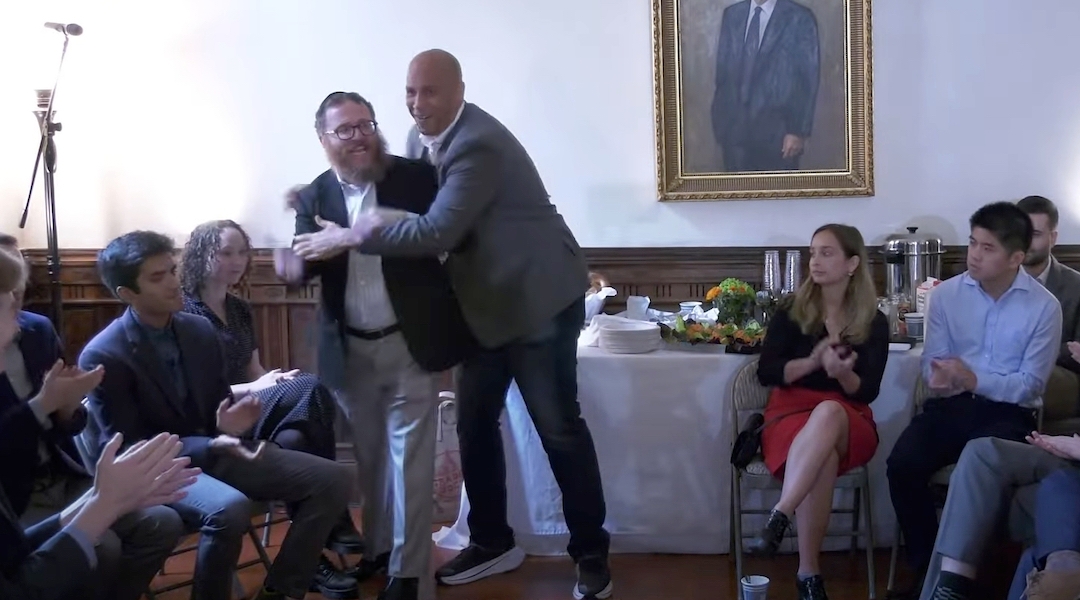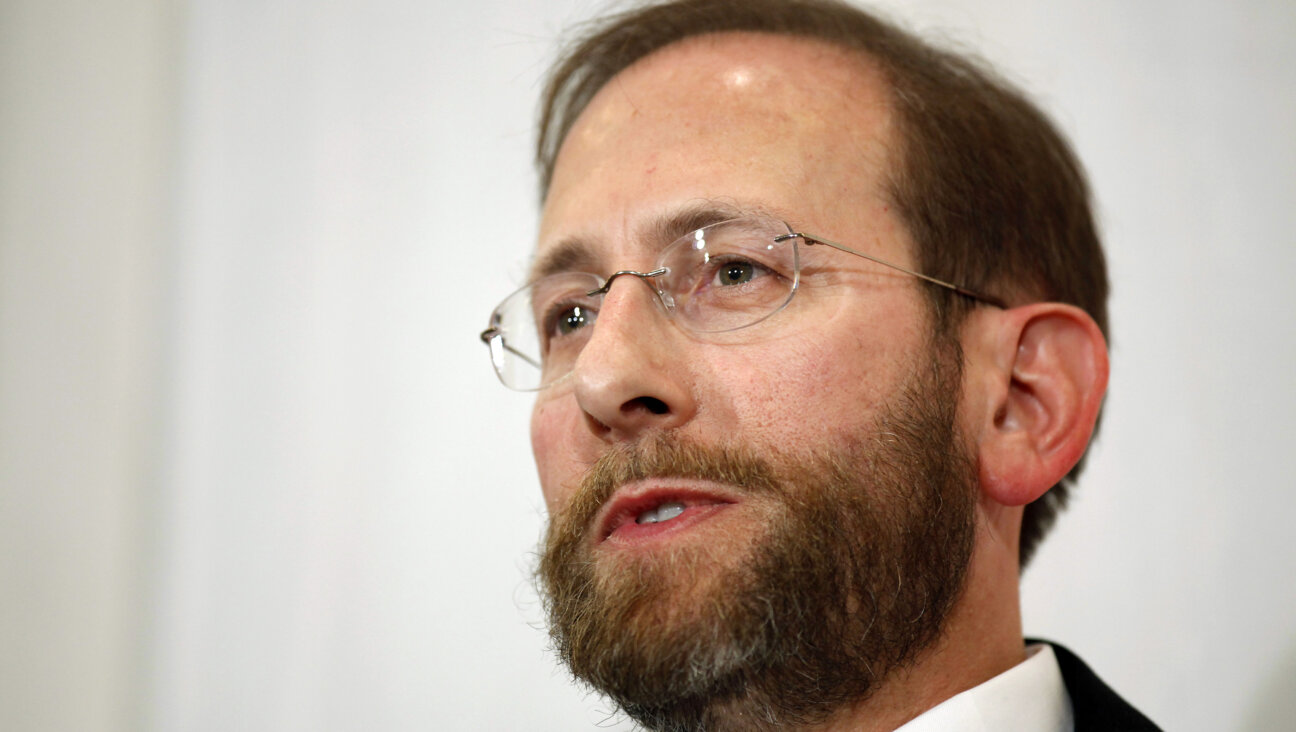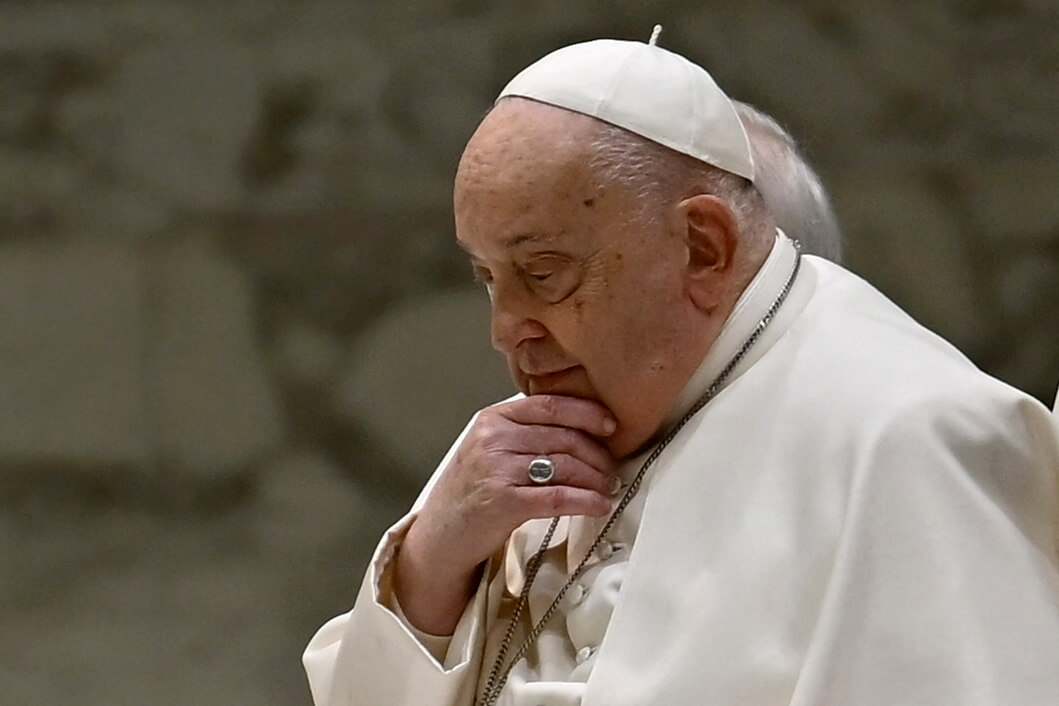Argentine Authorities Said To Seek Arrest of Iranians in 1994 Bombing
Argentine officials are said to be preparing new arrest warrants against senior Iranian leaders after prosecutors announced that they had linked them to the perpetrator of the 1994 suicide bombing of the Jewish communal center in Buenos Aries to Hezbollah.
Argentine prosecutors announced last week that they had identified the alleged suicide driver of the van used to blow up the community center and, with the help of the FBI, linked him to the Iranian-backed Lebanese-based Hezbollah terrorist organization. The attack, which destroyed the headquarters of Argentina’s main Jewish umbrella organization, known as AMIA, killed 85 and wounded more than 300.
David Harris, executive director of the American Jewish Committee, told the Forward in an interview from Buenos Aires that Argentine President Nestor Kirchner, Justice Minister Juan Batista Iribarne and prosecutors gave him “assurances” that they would resubmit arrest warrant requests to Interpol within a few months. In September, the international police association downgraded a dozen earlier warrants issued by Argentina, citing a lack of supporting evidence.
Both Harris and Alberto Nisman, the chief prosecutor, told the Forward that the new warrants may seek the arrests of top Iranian leaders if solid evidence can be assembled. In 2003, Nisman asked the Argentine judge in charge of the case to issue warrants against Iran’s supreme leader, Ali Khamenei, and then-president Hashemi Rafsanjani. The judge declined to follow the prosecutor’s advice and instead targeted lower officials. Nisman told the Forward he remains convinced that the highest Iranian leaders ordered the attack.
Last week’s announcement was prompted by new evidence supporting the assertion that a Lebanese member of Hezbollah, known as Ibrahim Hussein Berro, was the driver of the Renault van that rammed into the AMIA building July 17, 1994.
Argentine prosecutors announced at a November 9 press conference that they had corroborated intelligence information on Berro’s role. Key information, provided by two of his brothers living in the Detroit area, was made available by the FBI. It represented the most direct attempt by Argentine investigators to link the bombing to Hezbollah since a March 2003 indictment against the Shiite militia group and “radical elements” of the Iranian government.
Iran has consistently denied its participation in the attack and is trying to ward off international pressure to abandon its nuclear program. Hezbollah, for its part, is under international pressure to disarm and be accepted as a key political actor in Lebanon; it forcefully denied the latest allegations in a statement published by Lebanese newspapers.
The recent announcement is a welcome boost for the Kirchner government, which has proclaimed its willingness to solve the case but has had little success so far. It also would seem to be a vindication of some leads pursued by much-maligned judge Juan Jose Galeano, who wrote the March 2003 indictment in which he asked Lebanon, Israel and the United States for more information on Berro. He was disbarred earlier this year for a series of irregularities in his probe of the local abettors, whose trial collapsed in October 2004.
In an illustration of Argentina’s eagerness to undo any damage caused to its international reputation by previous mishaps, the Argentine president informed Harris of the breakthrough just a few hours before the information was made public.
The Berro trail dates back to June 2001, when an informant first provided his name to Argentine and American officials, according to a transcript of the secret meeting obtained by the Forward (see sidebar below). Berro was then identified as the suicide driver in a January 2003 secret report by the Argentine intelligence service — known by its acronym, SIDE (pronounced si-DAY) — which provided the underpinning of Galeano’s March 2003 indictment.
In recent months, Argentine intelligence asked the FBI to investigate Detroit area phone numbers dialed from public phones around the AMIA building at the time of the bombing. Eventually this led federal investigators to the doorsteps of Berro’s brothers, Abbas and Hussein, who had emigrated from Lebanon to Michigan several years ago.
This past April, FBI agents and a SIDE official interviewed them and obtained two pictures of their dead brother, the alleged van driver. In mid-September, Nisman and his colleague, Marcelo Martinez Burgos, secretly traveled to Detroit and took affidavits from the brothers in presence of Barbara McQuade, an assistant U.S. Attorney for the district of Eastern Michigan.
In their testimonies, the Berros provided crucial information to support the prosecution’s hypothesis by expressing doubts about the circumstances of their brother’s death, confirming that his funeral was held without the cadaver and that he was absent from Lebanon at the time of the AMIA bombing, Nisman told the Forward.
Hezbollah has affirmed repeatedly, including in its latest statement, that Berro had been killed in an operation against an Israeli patrol in Tallusa, South Lebanon, on September 9, 1994, two months after the AMIA bombing. But Israel countered the claim in a report provided to Argentine investigators in 2003 by asserting that while an attack in Tallusa did take place, it occurred a day earlier and, more importantly, the only fatal casualty was an Israeli soldier.
Israel alleged that Hezbollah was attempting to cover up any linkage between Berro and the AMIA bombing — an interpretation echoed by a former Hezbollah informant who cooperated with Argentine and American investigators. Nisman stressed that Abbas and Hussein Berro’s doubts about the fate of their brother bolstered the interpretation.
In addition, Nisman said that the only eyewitness who saw the driver of the van on the day of the attack identified Ibrahim Hussein Berro in the new pictures.
American officials declined to comment for the record on the specific role played by the FBI.
“We have worked closely with Argentina since the beginning, and we’re glad they’re having positive results,” FBI assistant director of public affairs John Miller told the Forward in an interview. “This is their case, and we don’t want to upstage them.”
As has happened many times in the course of the sputtering investigation, controversy quickly emerged after one of the Berro brothers denied on Argentine radio the version given by Argentine prosecutors.
Nisman said that such a reaction was to be expected, since Berro’s mother still lives in Lebanon.
Neither of the brothers could be reached for comment.
Miguel Bronfman, a lawyer for AMIA and several families of the victims, said that while the latest development represented progress, it was “certainly not a revolution.” He said that the brothers never explicitly told investigators that Berro was involved in the AMIA attack and that the lone eyewitness only recognized him in the pictures after some prodding.
Nisman acknowledged that additional evidence was needed, but said he hoped the breakthrough would help piece together a fuller picture of the alleged links between Berro, Hezbollah and Iran.
Investigators believe that Berro and another person traveled from Lebanon to the triborder area, a lawless area where Argentina, Paraguay and Brazil meet and where a sizable Muslim population lives. Two brothers of Arab origin living in the region housed them, and the four of them then journeyed inside Argentina, according to the 2003 indictment.
Little is known about their stay in Argentina. Prosecutors are currently checking phone numbers in Lebanon provided by the Berro brothers to see if they match suspicious calls made from public phones — especially one investigators believe that Berro might have placed to his home in Lebanon, possibly to bid farewell to his family.
The next step will be to compare DNA samples taken from one brother with some of the remains in the rubble, an arduous task after more than a decade has elapsed.
The Forward is free to read, but it isn’t free to produce

I hope you appreciated this article. Before you go, I’d like to ask you to please support the Forward.
Now more than ever, American Jews need independent news they can trust, with reporting driven by truth, not ideology. We serve you, not any ideological agenda.
At a time when other newsrooms are closing or cutting back, the Forward has removed its paywall and invested additional resources to report on the ground from Israel and around the U.S. on the impact of the war, rising antisemitism and polarized discourse.
This is a great time to support independent Jewish journalism you rely on. Make a gift today!
— Rachel Fishman Feddersen, Publisher and CEO
Support our mission to tell the Jewish story fully and fairly.
Most Popular
- 1
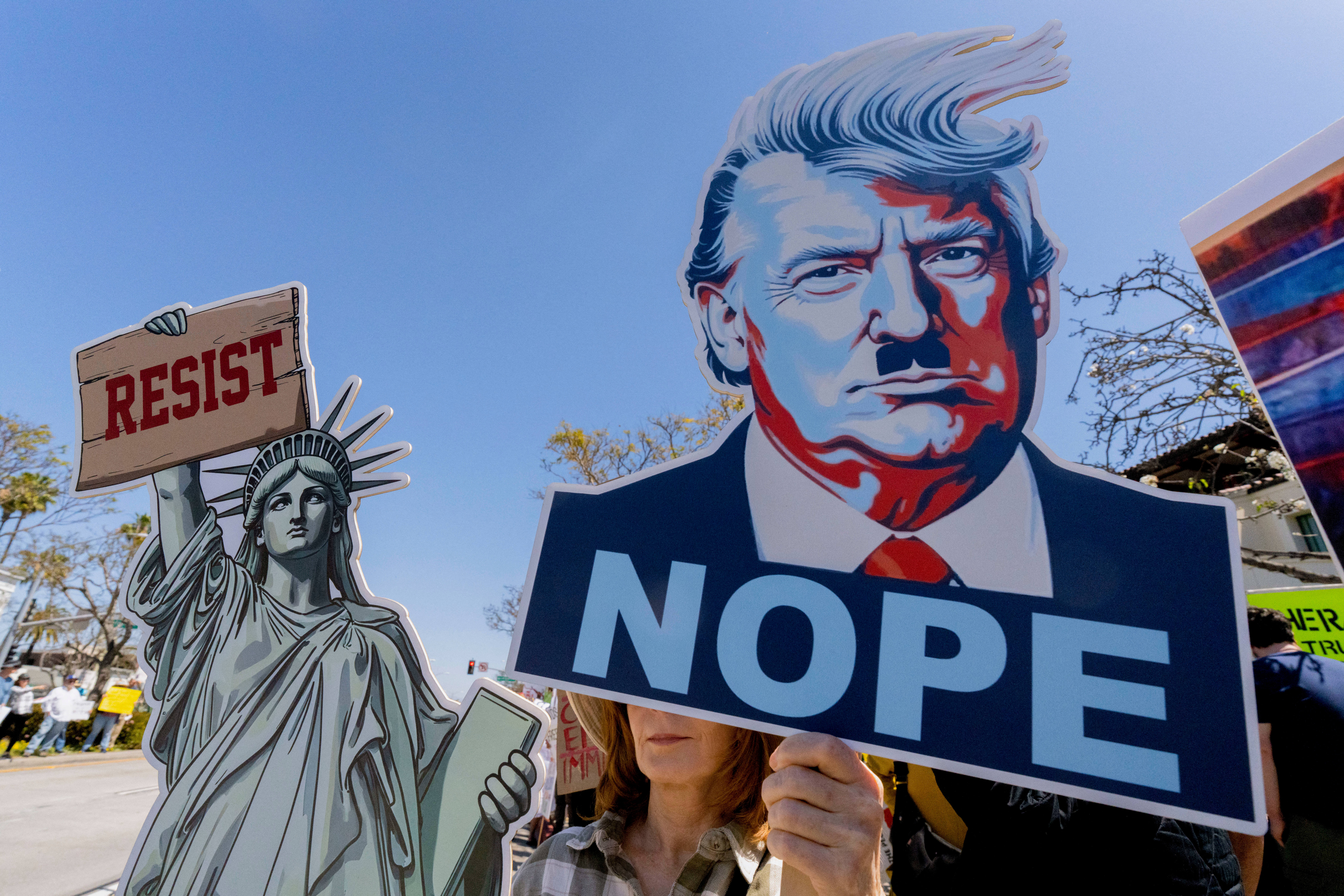
Opinion The dangerous Nazi legend behind Trump’s ruthless grab for power
- 2
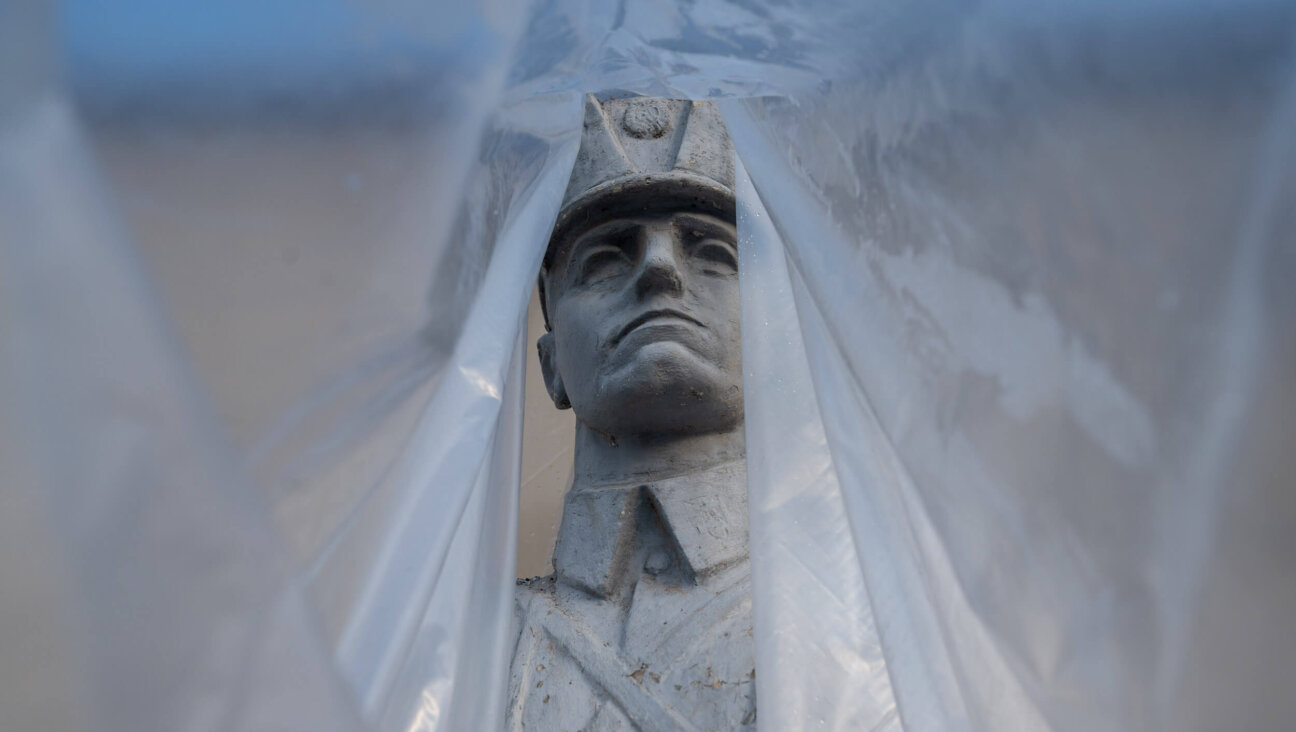
Opinion A Holocaust perpetrator was just celebrated on US soil. I think I know why no one objected.
- 3

Culture Did this Jewish literary titan have the right idea about Harry Potter and J.K. Rowling after all?
- 4
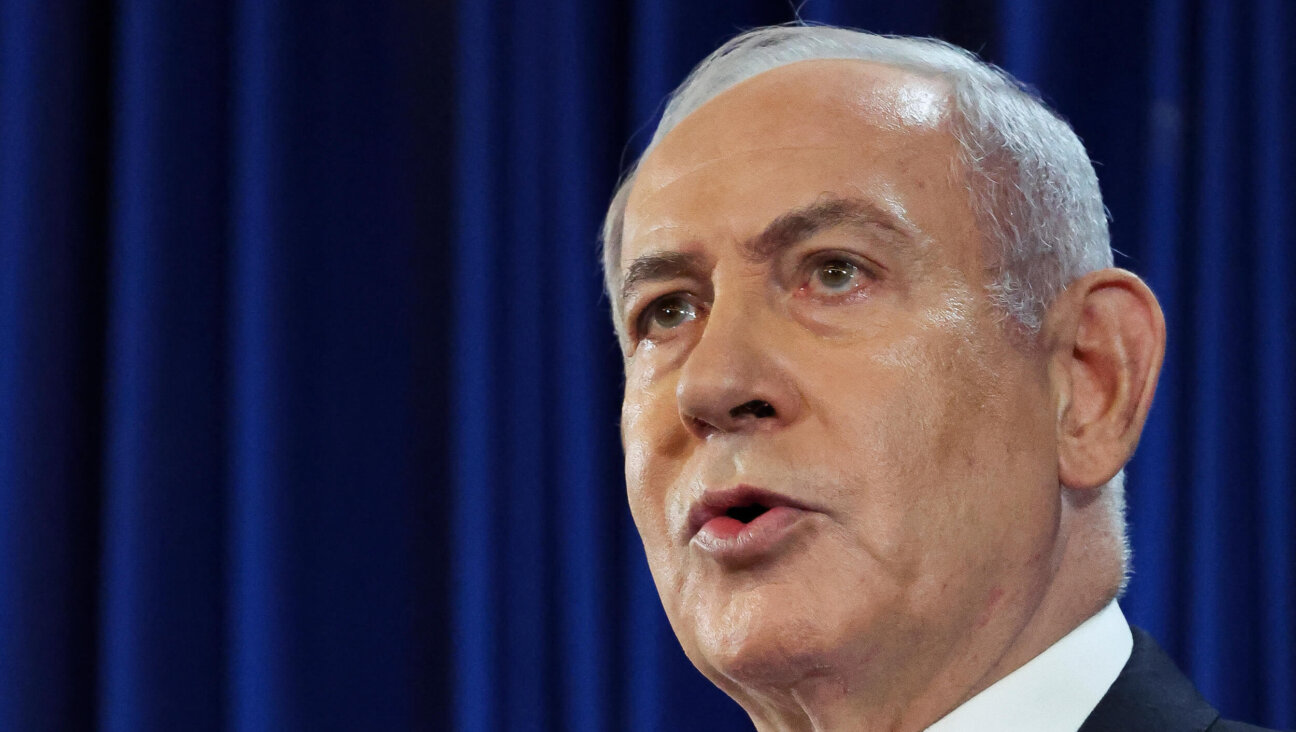
Opinion I first met Netanyahu in 1988. Here’s how he became the most destructive leader in Israel’s history.
In Case You Missed It
-
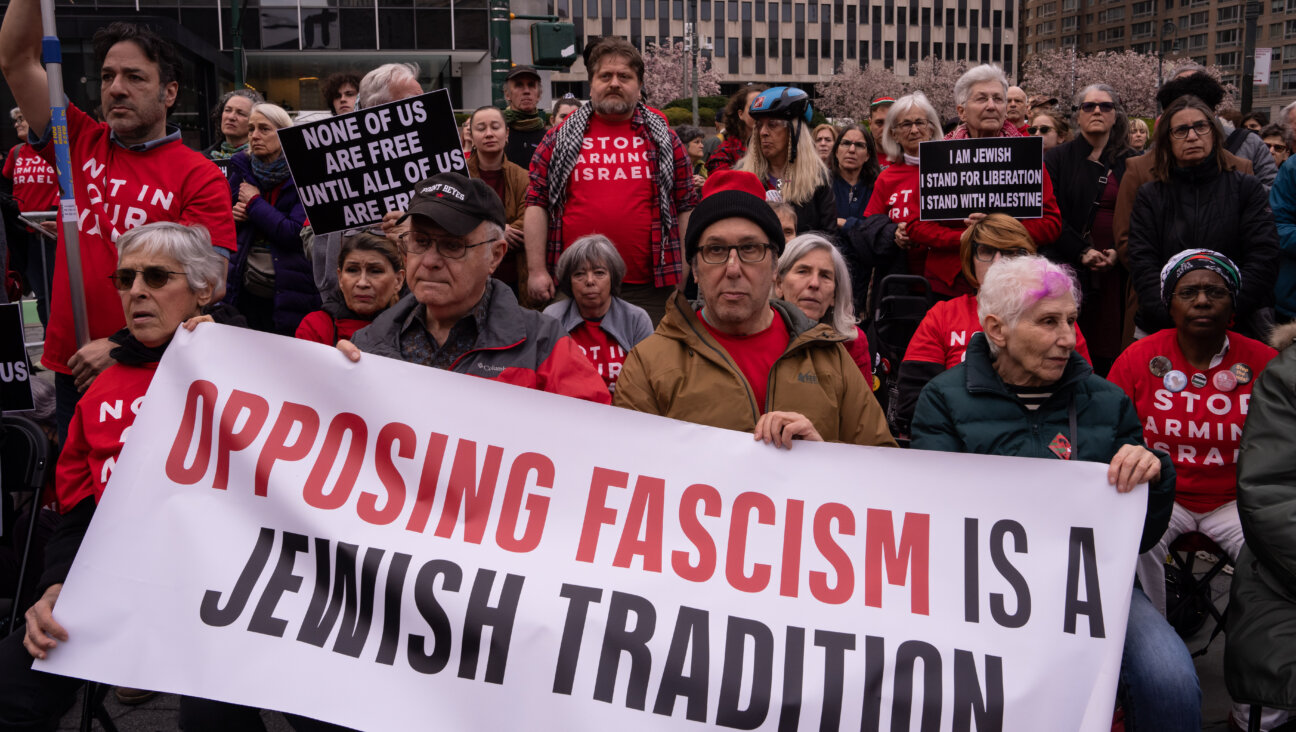
Opinion Gaza and Trump have left the Jewish community at war with itself — and me with a bad case of alienation
-
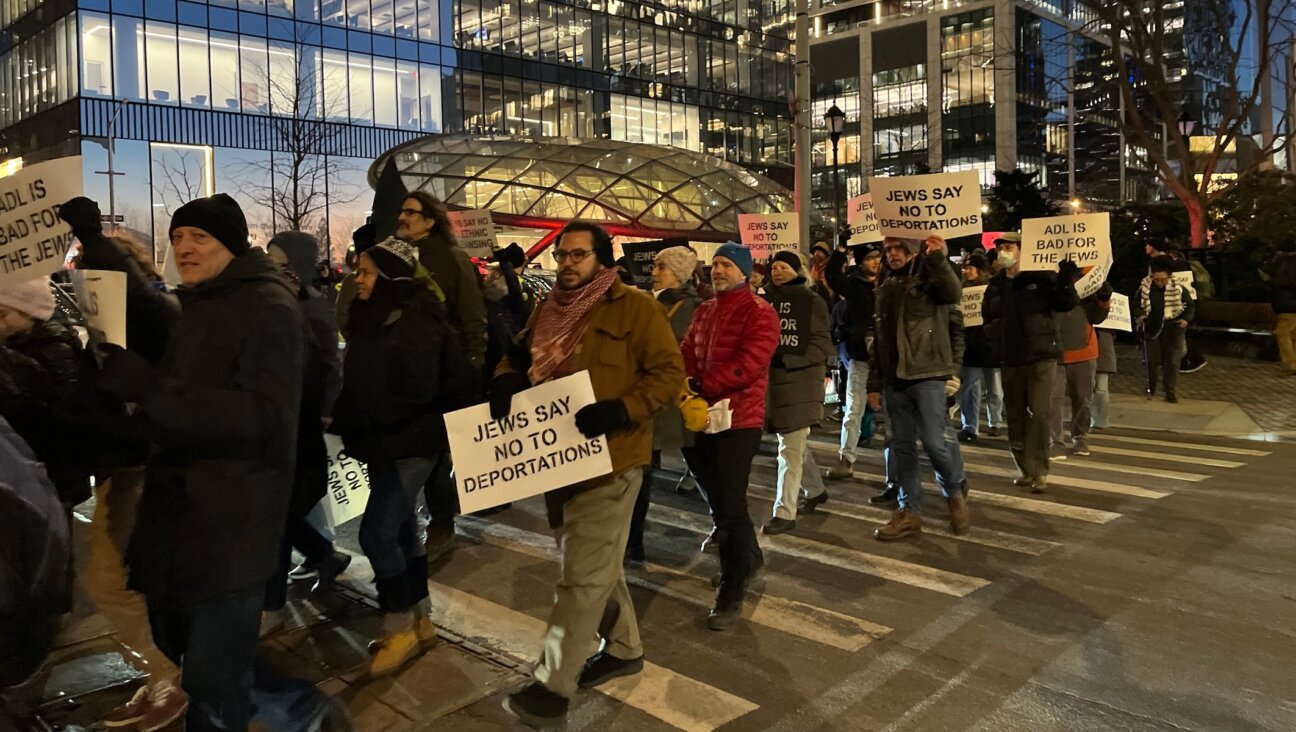
Fast Forward Trump administration restores student visas, but impact on pro-Palestinian protesters is unclear
-
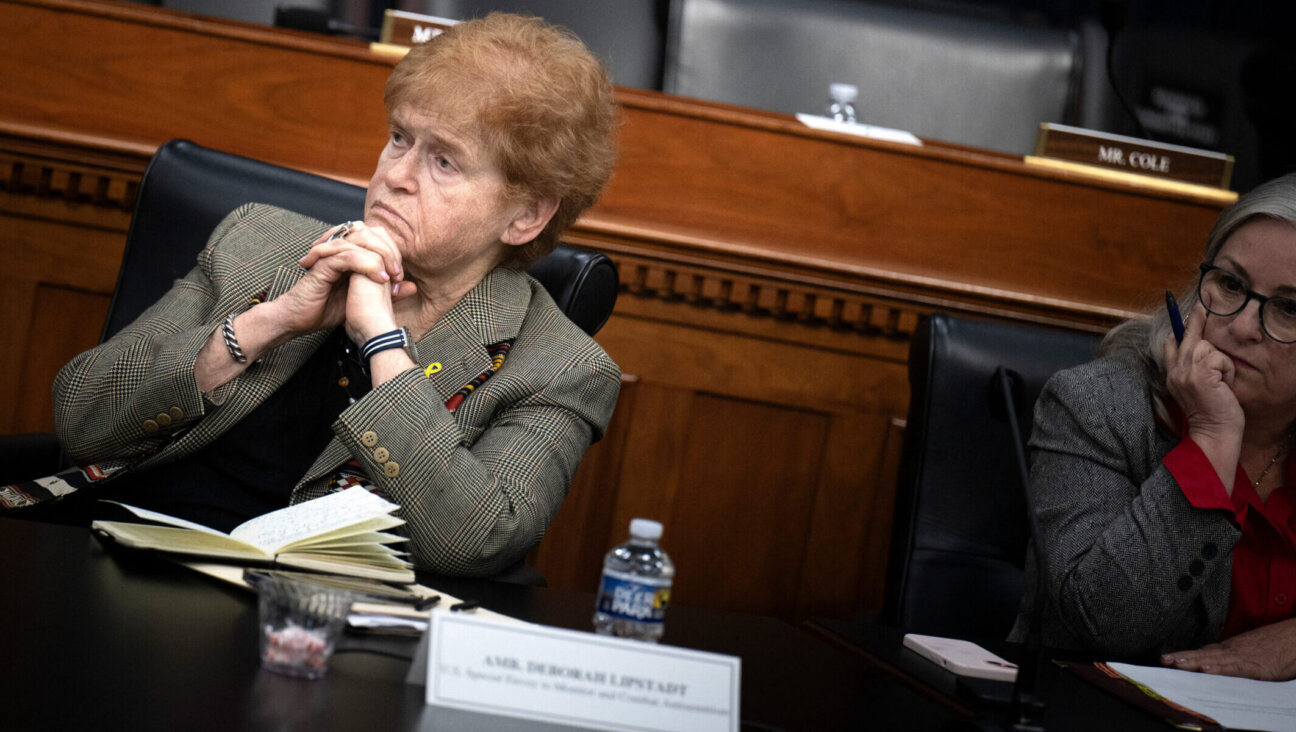
Fast Forward Deborah Lipstadt says Trump’s campus antisemitism crackdown has ‘gone way too far’
-
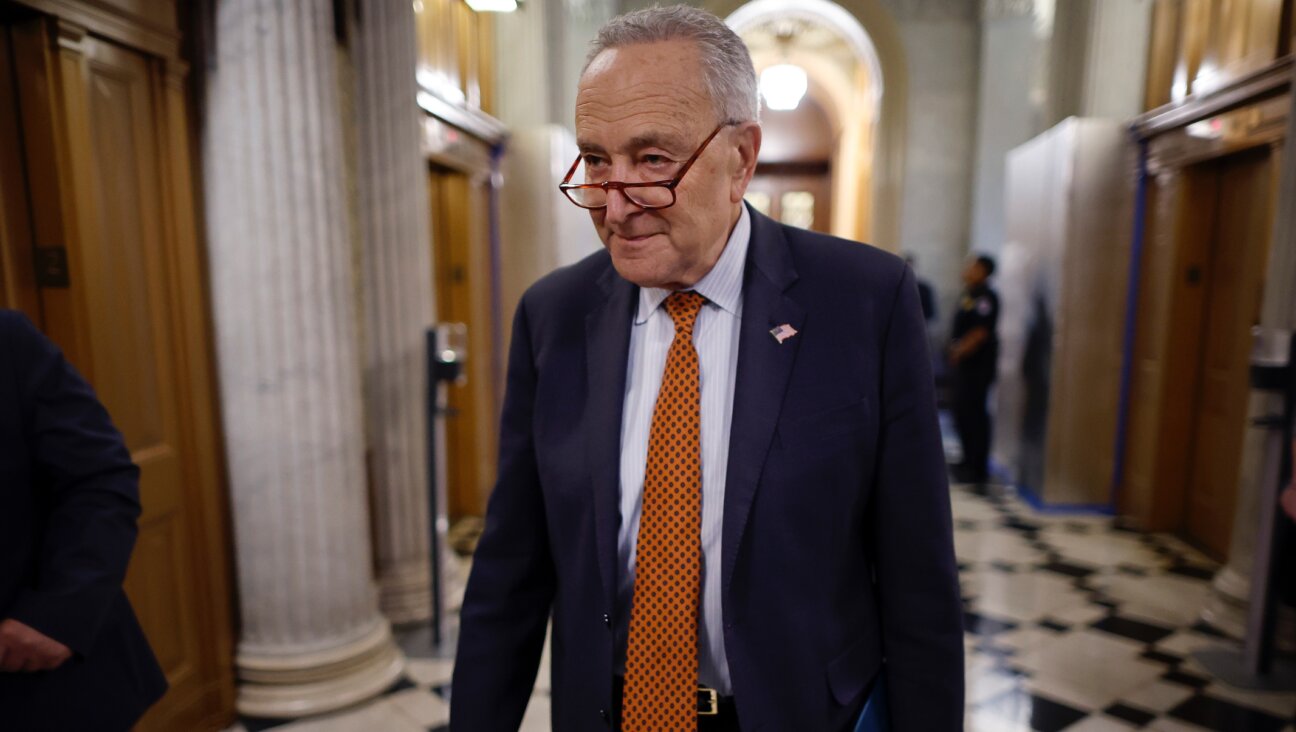
Fast Forward 5 Jewish senators accuse Trump of using antisemitism as ‘guise’ to attack universities
-
Shop the Forward Store
100% of profits support our journalism
Republish This Story
Please read before republishing
We’re happy to make this story available to republish for free, unless it originated with JTA, Haaretz or another publication (as indicated on the article) and as long as you follow our guidelines.
You must comply with the following:
- Credit the Forward
- Retain our pixel
- Preserve our canonical link in Google search
- Add a noindex tag in Google search
See our full guidelines for more information, and this guide for detail about canonical URLs.
To republish, copy the HTML by clicking on the yellow button to the right; it includes our tracking pixel, all paragraph styles and hyperlinks, the author byline and credit to the Forward. It does not include images; to avoid copyright violations, you must add them manually, following our guidelines. Please email us at [email protected], subject line “republish,” with any questions or to let us know what stories you’re picking up.







